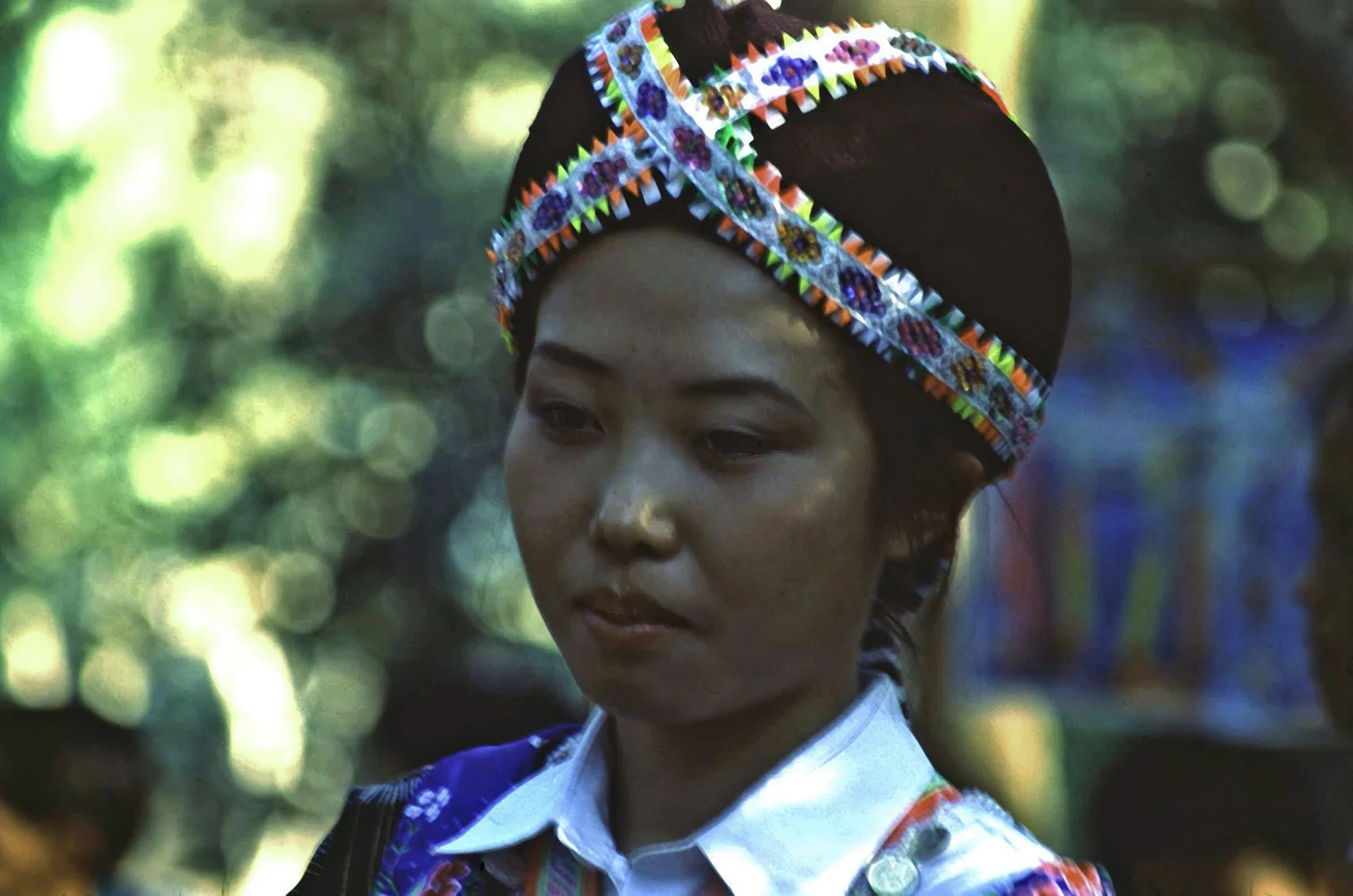Cliff and I have traveled from Vientiane to Luang Prabang in north central Laos. Designated a World Heritage Site in 1995, this town has some of the most well preserved architectural, religious, and cultural locales that have been developed over several centuries. No trip to this area would be complete without visiting the neighboring Hmong village where we're headed today.
I'm told by our guide that the Hmong are an ethnic group that originated in the mountainous regions of China, Vietnam, Laos, and Thailand. Due to political unrest and in search of arable land, they began migrating southward. As a consequence of the first and second Indochina Wars, as well as the Viet Nam and Laotian Civil War, thousands of refugees resettled in western countries in the late 1970s. The preponderance went to the United States with many now residing in California and Minnesota.
Today we're checking out the interesting and unique Hmong Mating Ritual that plays out after the harvest. These people have been working hard in the rice fields all year to this point. Because this has been such a large expenditure of time and energy, looking for a mate has been put on the back burner. Now that the harvest is complete, however, things are about to change.
The season starts in October and ends as the new year begins in January. All the nubile young females and single males inundate the mating grounds in search of an appropriate match. Dressed in exquisitely colorful costumes, the object is to attract members of the opposite sex. The females come attired in an array of bright pinks, greens, reds, oranges, whites, and blacks. Many have their heads adorned with beautiful ornaments that will hopefully make them as attractive as possible.
The ritual that we are seeing today is called ball tossing. Two or three females will assume a position approximately 5 feet away from each other and begin tossing a ball back and forth. Made of cloth, the ball toss signifies that these adolescents are open for mating.
The males congregate on the sides, making mental notes of whom they find attractive. When a male Hmong has interest, he approaches the female and asks permission to toss the ball with her. If there is some allure, the female accepts the request and a new ball toss begins. The male can continue this ritual with her friends as well.
The tossing of the ball is representative of the couple's potential relationship. The two ask each other questions as the ball goes back and forth between them. If some appeal is evident, the pair moves closer to each other.
Many bystander males are on the lookout for potential mates as well. Even if a female is in the process of tossing the ball with a prospective partner, an interested male who is standing by can be seen carrying out what is known as the "Ear Whisper." They speak soft messages in the female's ear such as "What did your parents eat because they gave birth to a girl so adorable and beautiful as you, Miss Hmong?"
In the event the ball toss is ineffective in landing a partner, the females start using a mating call in which they chant traditional Hmong folk songs that describe courtship and relationships. If this last ploy is to no avail, the plan becomes waiting for next year's Hmong Mating Season where they will try their luck again.
I'll have to say, I've never seen anything like this before. This ball tossing tradition has been going on for generations—it must work! Maybe Americans with their high divorce rate should give this a whirl.

